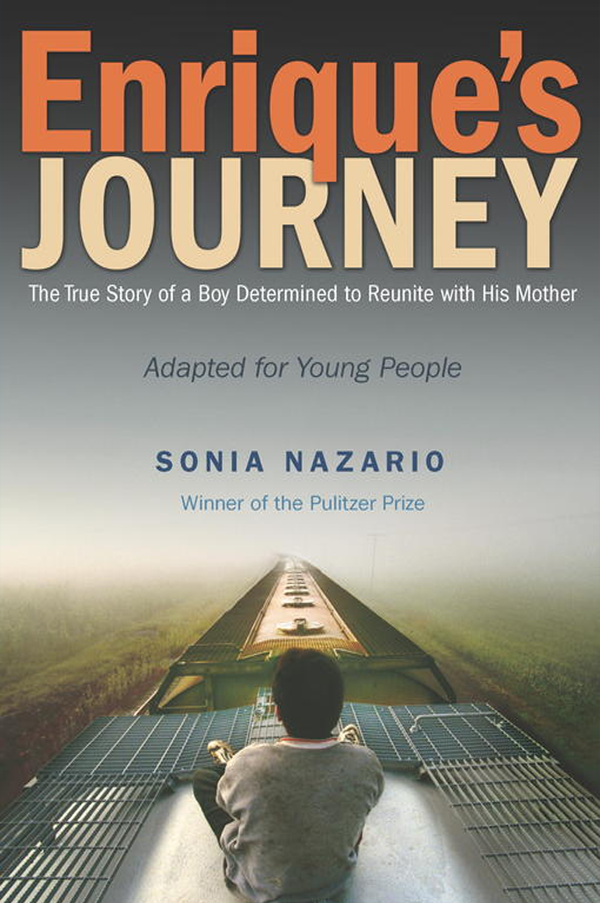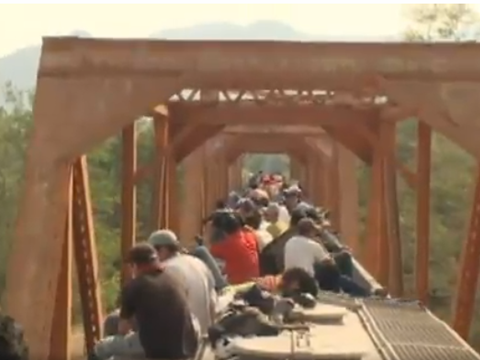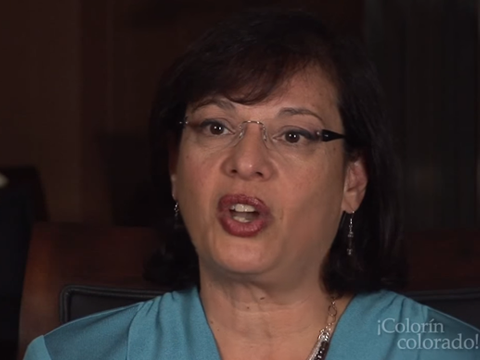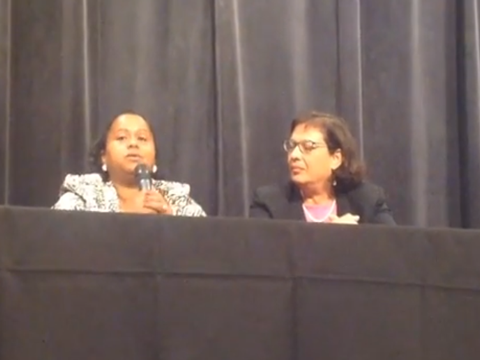About the Book
Enrique is only 5 years old when his mother, Lourdes, leaves him and
his sister, Belky, behind in Honduras so that she can go work in
America. Lourdes promises only to stay until she can send for her
children or return with enough money to support them, but each year
setbacks prevent her from being with her children again. Enrique
desperately misses his mother and believes that only she can
understand and support him. After difficult stays with other
relatives, Enrique sets out to find his mother. He is 16 years old
when he makes the first of seven failed attempts to get through
Mexico in the hopes of crossing the border into the United States.
Along the way, he encounters gangs and bandits, but learns new
survival skills that help him when he successfully crosses the
border on his eighth try. Enrique is reunited with his mother in
North Carolina, but the years apart have been tough. How Enrique
envisions his mother and the reality he finds are very different.
An Epilogue recounts many interviews that the author conducted with
Enrique, Lourdes and their family in Honduras since
Enrique’s Journey was initially published in 2006. It
reveals Enrique’s battle with drug addiction, his fractured
relationship with his mother, and his struggles to be a husband and
father in an environment that is often hostile to illegal
immigrants. In many ways, Enrique is emblematic of many of his
countrymen who came to the United States illegally. Finally, the
epilogue poses questions and offers solutions to address the
socio-economic issues raised by Enrique’s story.
More than 60 universities, 50 high schools, and 10 cities have
selected Enrique’s Journey as a common or one-city read.” (source:
Penguin Random House: “Enrique’s Journey Teacher’s Guide”)
Frequently Asked Questions
Checks for Understanding
Summer Assignment
Example projects:
Rubric:
View the rubric on Google Docs
Questions about the summer assignment? Please contact:
Additional Resources
We have listed links to videos, articles, and blogs to help you
better understand the book.
You will also find volunteer opportunities to help our own
community.
Crisis Support
While we are reading to focus on universal themes and complex
issues, we are highly aware that each reader comes to this story
with their own very personal histories. If your experience has
included some of the violence depicted in this story, you may find
some sections of this book to be particularly difficult to read. If
you encounter a section that triggers some past experiences or
memories, know that you are not alone. Here are some ideas to help
you through.
-
Breathe.
Remember that you are safe. Yes, you breathe all the time,
but let’s slow it down for a few minutes. Here are
some recordings you can use:
-
http://youth.anxietybc.com/calm-breathing
-
If you find that you can’t continue reading, take a
break.
-
Go for a walk with a friend, talk with a trusted adult, work
on a different task.
-
If you find that this is continuing to bring up difficult and
painful memories, here are some places to get support this summer:
-
Talk with a trusted adult.
-
Call the Youth Crisis Line (24/7) 1-800-843-5200 or the SD Access and
Crisis Line (888) 724-7240 or http://up2sd.org/hotline/
(live chat is also available)
-
Check with your doctor or health insurance provider for
referrals to local therapists.
-
If you already have had a therapist or counselor in the past,
reconnect with them if that feels right.
-
If you are already actively experiencing mental health symptoms
related to trauma prior to starting this book, and this book is
triggering your symptoms, please continue to see your mental
health provider.
Once you are here at Helix, if you need support regarding
personal/social issues or mental health please visit us at the
Wellness Center. We are able to meet with you to individually and in
groups, and have access to resources to help with the variety of
challenges our students and families face. We have walked with
hundreds of students on their journeys towards wellness and success
and we are here for you, too. All are welcome.






